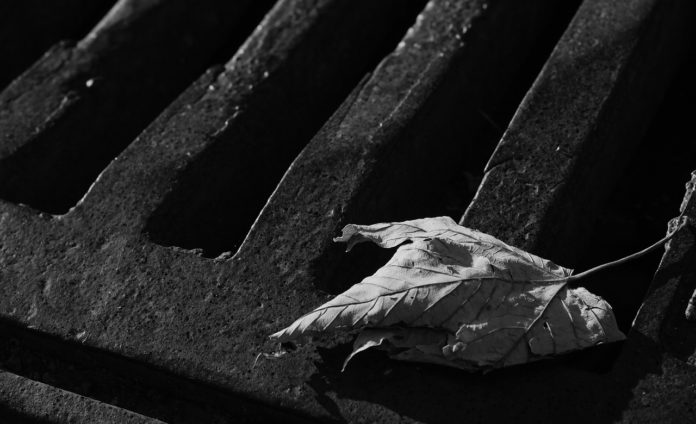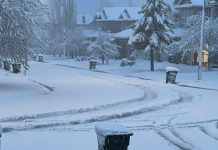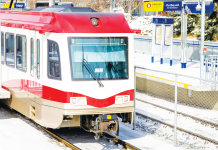
Storm drains (or catch basins) are a part of Calgary’s stormwater drainage system. There are about 60,000 drains in Calgary which drain water off sidewalks, streets and roads.
Keep your storm drains free and clear of snow and debris
If it is safe and possible to do, remove debris or snow blocking the drain. Create a channel, if need be, to facilitate water flow. If you find that the storm drain is iced over, do not try to remove the ice yourself. Call 311 and a crew will clear the ice for you. Don’t chip away at ice on storm drains as you may damage it or injure yourself.
Pooled water on your street
In communities built after 1990, The City installs devices in the storm drain to control how fast water flows into the system. During and after a rainfall event, these devices allow water to pool on the road (usually in a depression or low spot, called a Trap Low), until the system can accept the extra water. These devices prevent the storm system from being overwhelmed, which can cause water backups or flooding to houses, garages and businesses.
Pooled water will eventually drain. If water is pooled on a roadway, but is not causing a safety or property damage concern, only contact 311 if the water has not drained after 120 minutes.
Homeowner responsibility
Your property’s drainage systems (eavestroughs, downspouts, lot grading, landscaping) interact with the public drainage systems (roadways, storm drains, stormpipes, storm ponds). Homeowners have responsibilities that are detailed in the Lot Drainage Bylaw, the Drainage Bylaw and Community Standards Bylaw:
- Maintaining positive drainage on your lot – away from structures without adverse effect to neighbours or public property.
- Ensuring prohibited substances do not enter storm drains from your lot. There are substantial fines for the dumping or pouring material down storm drains.
Protecting your Home
There are many ways you can ensure your home is resilient during storm events:
- Conduct regular maintenance and clear debris in eavestroughs and downspouts.
- Ensure downspouts discharge a minimum of 2 metres from public infrastructure (sidewalks & pathways), 1-2 m from any building foundations, and are directed towards the street, lane or swale, while not impacting your neighbours or public property.
- Keep any grassed or concrete swales on your property free from debris, ice or obstructions.
- Regularly inspect grading around your foundation and fill any settling or depressions.
- Conduct regular maintenance on sump pumps. Ensure sump pumps discharge away from 1-2 m from building foundations, while not impacting your neighbour or public infrastructure.
Visit calgary.ca/stormdrains for links to more information.







